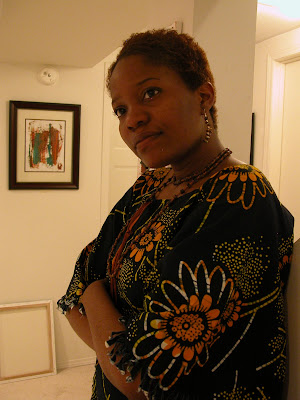TONIGHT ON THE TERRORDOME: Chika Udok, Nigerian Artist in E-Town

CJSR FM88
www.cjsr.com
6 PM Mountain Time
Her name is Chika Udok.
Udok is a Nigerian visual artist living in
Her work speaks to crises affecting



El Anatsui


In 1993 I visited an artists’ workshop in Nairobi while visiting my father’s home country.
I saw there why so much of what passes in the West for Afrikan art is such absolute garbage. In little more than a hallway of a chop-shop, an assembly-line of men hacked pieces of wood into animal forms such as giraffes and rhinos, eventually smoothing them before finishing them with felt markers. Similar shops made “tribal masks” and other patronising, hackwork kitsch.
Sure, I could blame Western buyers and the media culture that made them think such “rustic” feebleries were the best the continent had to offer. But I had to admit, so long as the supply existed, the demand would not dry up. If someone made money from the stereotype, the stereotype could never die.
And that’s the kind of junk you’ll see at many pavilions representing Afrikan countries in the upcoming Heritage Days Festival in Edmonton. Whereas pavilions for other countries will display hundreds of finely-wrought wooden and metal sculptures, many of the continental displays will be peddling items that belong in the trash.
My advice: never buy that stuff. Ask the vendors to bring in higher-quality work. And when you see beautifully-made art, support the sellers, and support the artists.





Comments